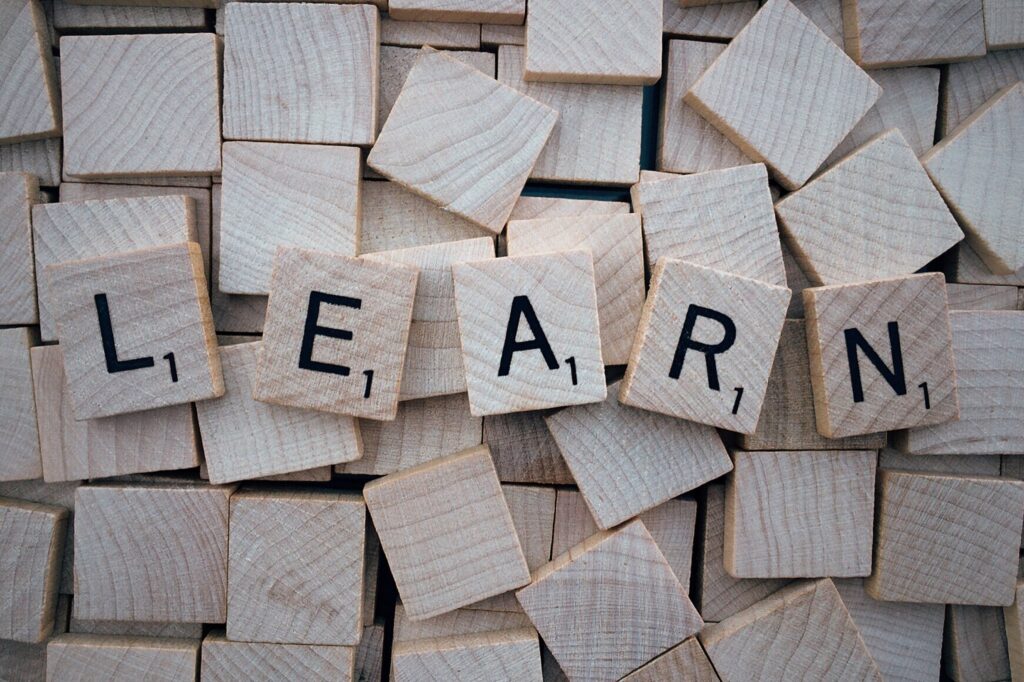
Artificial Intelligence (AI) and Machine Learning (ML) have become buzzwords in the tech industry, promising transformative innovations across various domains. Whether you’re a beginner with a passion for technology or an experienced professional looking to upskill, embarking on the journey to learn AI and ML can be both exciting and rewarding.
This comprehensive guide aims to provide you with a roadmap to navigate this dynamic field and acquire the knowledge and skills needed to thrive in the world of AI and ML.
1. Understanding the Basics
– Familiarize Yourself with the Fundamentals
Before diving into AI and ML, it’s crucial to have a solid understanding of the basics. Learn about programming languages (such as Python), data structures, and algorithms. Resources like online courses, tutorials, and books can help build a strong foundation.
– Get Comfortable with Mathematics
AI and ML heavily rely on mathematical concepts like linear algebra, calculus, and probability. Strengthen your mathematical skills to grasp the underlying principles behind algorithms and models.
2. Learn the Core Concepts
– AI vs. ML
Differentiate between Artificial Intelligence and Machine Learning. Understand that AI is the broader concept, while ML is a subset that focuses on training systems to learn from data.

– Supervised and Unsupervised Learning
Explore the two main types of machine learning – supervised and unsupervised learning. Understand how they differ and where each is applicable.
– Algorithms and Models
Delve into popular algorithms and models, such as linear regression, decision trees, and neural networks. Learn how they work and their applications in real-world scenarios.
3. Hands-On Experience
– Projects and Challenges
Apply your knowledge through hands-on projects and challenges. Platforms like Kaggle provide datasets and competitions to practice your skills and learn from the community.
– Build Your Own Models
Start with simple projects and gradually progress to more complex ones. Implement your own machine learning models and experiment with different parameters to understand their impact on performance.
4. Explore Specializations
– Deep Learning
Dive into deep learning, a subset of ML that focuses on neural networks and their applications. Understand concepts like convolutional neural networks (CNNs) and recurrent neural networks (RNNs).
– Natural Language Processing (NLP)
Explore NLP, a branch of AI that deals with the interaction between computers and human languages. Learn about sentiment analysis, text generation, and language translation.
– Computer Vision
If you’re interested in image and video analysis, explore computer vision. Understand how machines can interpret and make decisions based on visual data.
5. Stay Updated
– Follow Industry Trends
AI and ML are dynamic fields, constantly evolving with new developments. Stay updated on industry trends, research papers, and breakthroughs to remain relevant.
– Online Communities and Conferences
Join online communities, forums, and attend conferences to connect with professionals in the field. Engaging with the community can provide valuable insights and networking opportunities.
6. Continuous Learning

– Online Courses and Certifications
Enroll in online courses and certifications offered by reputable institutions. Platforms like Coursera, edX, and Udacity offer courses from top universities and industry experts.
– Read Books and Research Papers
Supplement your learning with books and research papers. These resources provide in-depth knowledge and perspectives on specific topics within AI and ML.
Conclusion
Embarking on the journey to learn AI and ML requires dedication, curiosity, and a commitment to continuous learning. By mastering the basics, gaining hands-on experience, exploring specializations, staying updated with industry trends, and participating in the community, you can unlock the vast potential of AI and ML.
Remember, the key is not just to consume information but to apply it actively, building a portfolio that showcases your skills and sets you on a path to success in this rapidly advancing field.